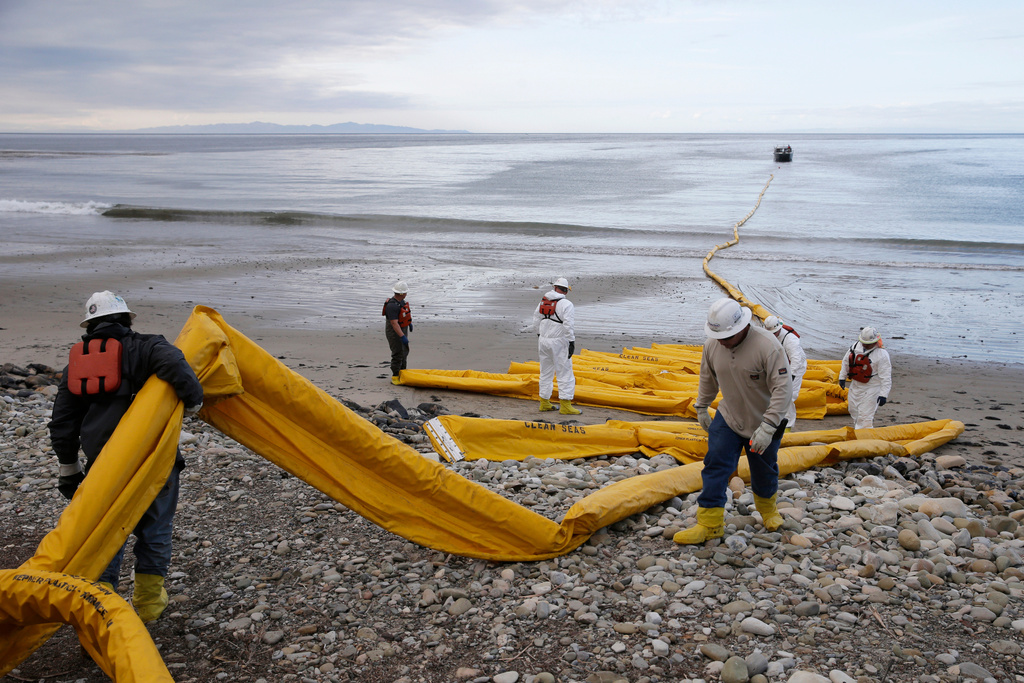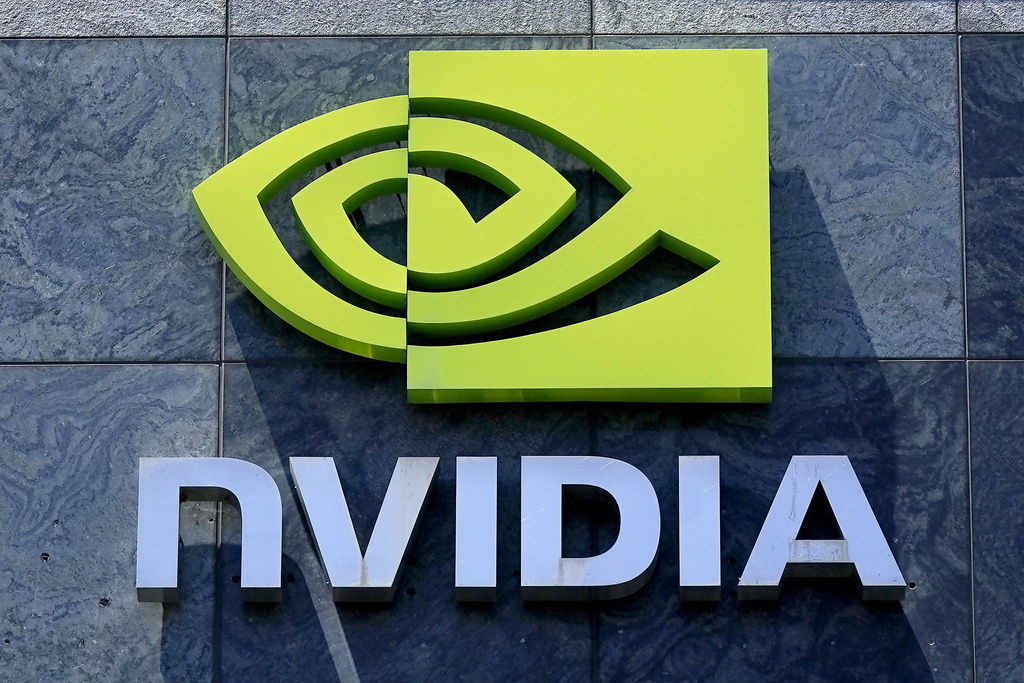Well, this is disappointing. An exciting study published in January that claimed to have found a cheap and easy way to create stem cells from adult skin cells has been retracted after an investigation found the lead author guilty of plagiarism and misconduct. (Via Wikimedia Commons / Schaaf S. et al, Ryddragyn)
The papers, published in Nature, were big news earlier this year, called a "breakthrough" and a "game changer" for offering a way to get embryonic stem cells without the embryos. (Via CNN, CBS)
"This is something that us science nerds have been watching and waiting for for more than a decade. ... If it works, I should say. If it works. This is the first step." (Via CNN)
Turns out it probably doesn't work. The papers have been out for five months but were criticized from the start for not quite adding up, and other labs have had no success trying to replicate the findings.
Back in April, the Riken Institute in Japan, where much of the research took place, released a report saying lead researcher Haruko Obokata had falsified some of the images used in her paper, recycled data from an old study that was unrelated and had taken its methods section from another paper. (Via Kyodo News, BBC)
Obokata has denied any misconduct and is being given another chance to prove her method works, though her lab will be under surveillance this time around. (Via Mainichi Shimbun)
But how did a paper with so many problems make it into one of the most prestigious journals in the world in the first place?
Well, Nature itself says in a statement on the retractions that it doesn't check every image for signs of tampering, but adds, "Editors and referees could not have detected the fatal faults in this work."
A writer for The Wall Street Journal sums up the problem, saying "Referees who examine papers typically must take the data they are given on trust."
Some writers, commenting on situations like this, have said it's more of a media problem than a peer-review problem, in that the most strenuous test of a study has always come after it's published, not before.
But, as was the case with, say, the story in 2010 about an arsenic-based life form, it's the initial publication that gets most of the media attention. (Via NASA)
That's frustrating for many scientists, and an Atlantic writer said of the arsenic life story, "This story demonstrates the large problems with the process of how science is packaged and delivered."
But then again, these stories can also be seen as a success, not necessarily for peer review, but for the scientific community as a whole.
Reviewer site Publons says, "By no means is peer review an infallible system, and it’s the job of the scientific community to critically examine papers after publication," adding that it's encouraging that the process worked that way in this case.
As for Nature, it announced a few reforms to its review process that should hopefully cut down on the number of fraudulent studies that make it to publication in the first place.










